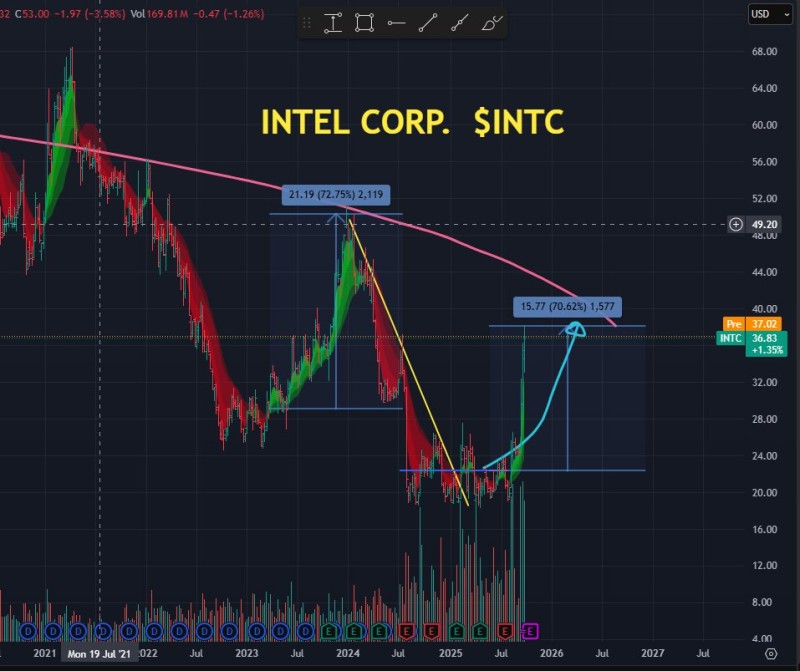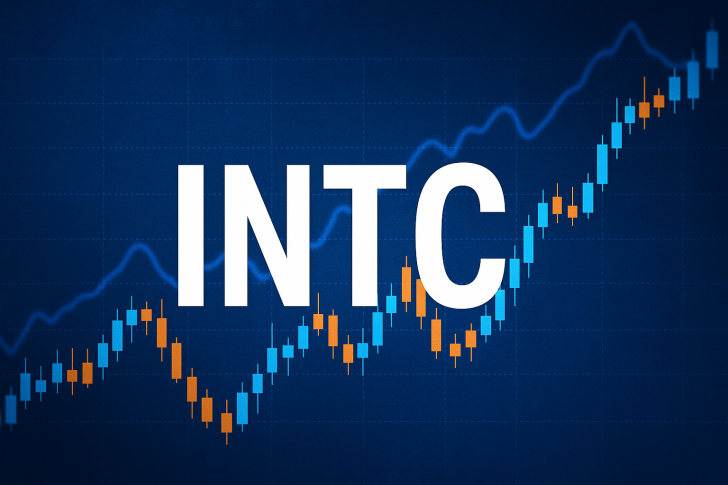Intel (INTC) has pulled off one of its most impressive comebacks in years, surging over 70% from its 2025 lows. This powerful rally has pushed the stock right up against a significant resistance zone that's held firm for years. The big question now: can Intel break through, or will it stall under the weight of this technical barrier?
Intel's Rally Hits Target Sooner Than Expected
Trader PAK recently noted that Intel reached its anticipated price target well ahead of schedule, highlighting the strength behind this move.

But here's the catch - the stock is now sitting at a historically tough resistance level. How Intel handles this zone will likely shape where it heads next, and traders are keeping a close eye on every tick.
What the Chart Tells Us
Intel's climb from the $20–22 zone to around $36–37 represents a solid 70% gain, reflecting genuine optimism and active trading. The $40–42 area presents the first real hurdle, while $49.20 looms as a major long-term ceiling. If things turn south, support sits at $32 for the near term, with $24 as a more substantial safety net. What makes this moment particularly interesting is that Intel remains pinned below a multi-year downtrend line stretching back to 2021. Breaking through would be a big deal. The rising volume throughout this rally suggests real participation, not just a technical blip.
Why Intel Is Moving
Several factors are driving this momentum. The semiconductor sector is hot right now, powered by AI and data center demand. Intel's efforts to restructure, cut costs, and roll out next-generation chips have caught investors' attention. There's also a broader sense that tech stocks are finding their footing again after a rough 2024.
What's Next for Intel?
If Intel can push convincingly above $40–42, the path toward $49 opens up - a level it hasn't seen since before the long decline began. But if the stock gets rejected here, expect some consolidation or even a pullback toward $32 or lower. Long-term investors will be focused on whether Intel can actually deliver on its turnaround promises and compete in the AI chip race. Short-term traders, meanwhile, are watching for clear signals about whether this momentum is real or running out of steam.
 Saad Ullah
Saad Ullah

 Saad Ullah
Saad Ullah


